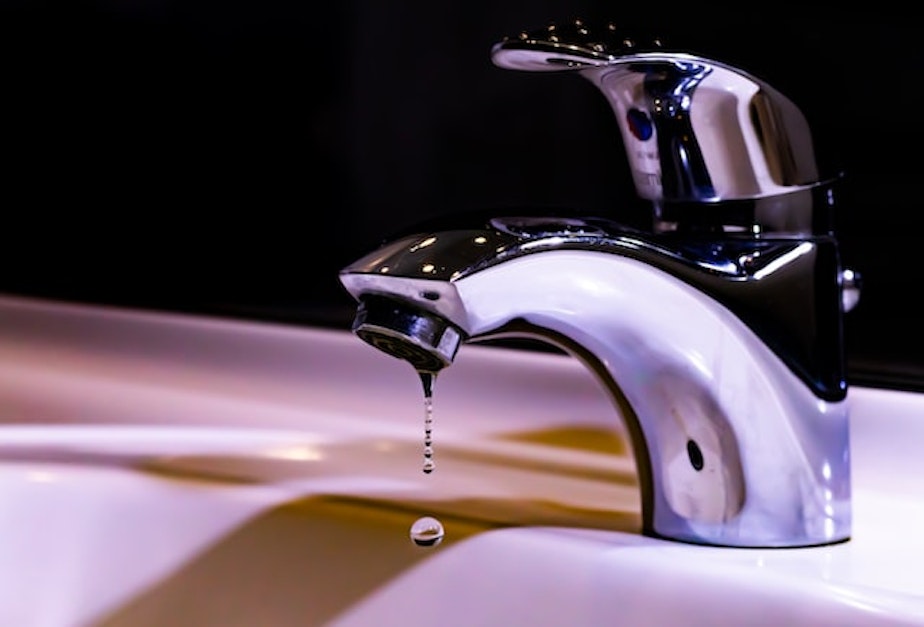Seattle area sharply cuts down on water consumption, but still needs to use less

You're nearly there, Seattle. Just 5 million gallons (per day) to go.
The Seattle area has made progress conserving water in the face of drought conditions, and low supply, but there is still a little more saving to be done.
"The recent rain has been helping, especially in the last two weeks," Julie Crittenden with Seattle Public Utilities told KUOW. "We are seeing our reservoirs refill towards more normal levels for this time of year. Our two reservoirs, in the Cedar and South Fork Tolt watersheds, have come up about 8 feet in November."
Crittenden works for SPU's Water Planning and Program Management. She notes that while the rain has helped, "We aren't out of the woods quite yet." More rain is needed.
The Cedar watershed is almost to normal levels, Crittenden said. That watershed provides about two-thirds of the utility's water supply. The South Fork Tolt system remains 20 feet below normal, however.
Seattle Public Utilities began asking customers to cut down on water usage in September. The call came after an exceptionally dry spring and summer, causing extremely low levels at the region's reservoirs. Looking ahead to a fall and winter that is expected to be drier and warmer than usual, SPU issued the warning about water supply conditions.
The goal is for the utility's customers to get down to 100 million gallons of water per day. In September, the Seattle area was consuming 149 million gallons of water per day. As of this week, customers are down to 105 million gallons of water per day — just 5 million gallons per day to go.
Sponsored
The water conservation effort remains voluntary, and no mandatory or emergency orders have been issued. The last time SPU asked for voluntary conservation was in 2015. The last time the area went into mandatory conservation was in 1992.
SPU not only provides water service to the city of Seattle, but also neighboring communities, including Bellevue, the Sammamish Plateau, Redmond, and Woodinville.
To conserve water, consider fixing leaky toilets and lowering the amount of water toilets use. Only run full loads of laundry, and full loads of dishes.

